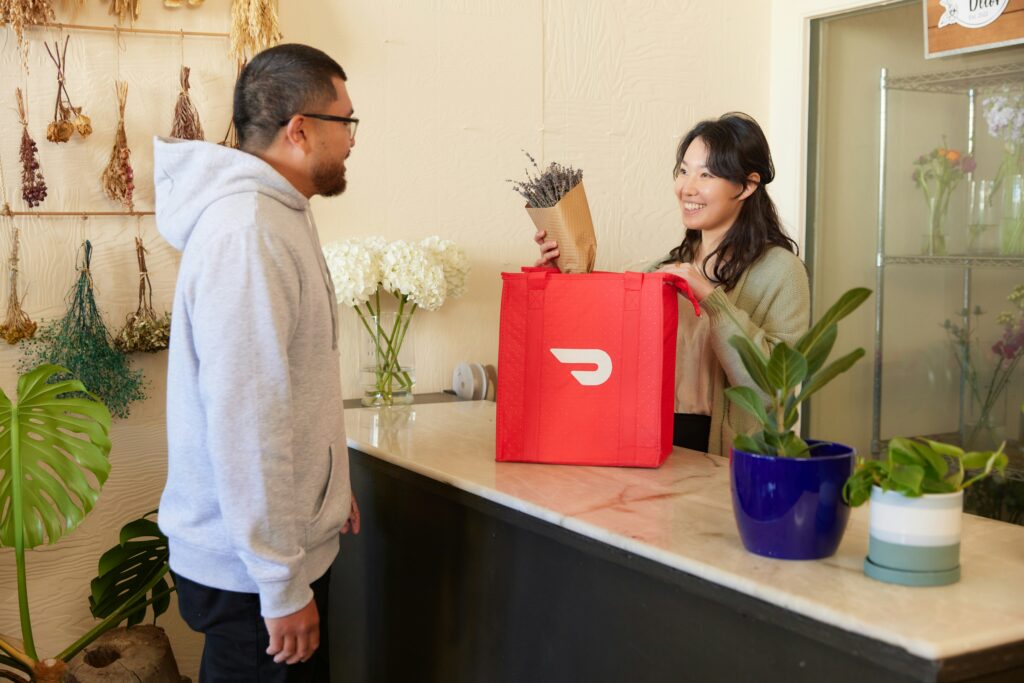Personalization That Goes Deeper Than a Name
Beyond “Hello, [First Name]”
For years, personalization in digital experiences started and ended with using someone’s first name in an email or message. In 2024, that surface-level tactic feels outdated. Today’s audiences expect far more relevance—and they can tell when your personalization is shallow.
What True Personalization Looks Like
Real personalization takes into account a customer’s behaviors, preferences, and context. It’s not just about calling them by name—it’s about anticipating their needs and offering content, products, or services that feel tailor-made.
Key personalization areas include:
- Product recommendations based on browsing habits or purchase history
- Messaging tailored to user behavior (cart abandonment, content viewed, etc.)
- Timing that’s responsive to each customer’s engagement pattern, not just a global time zone or schedule
Why It Works: Relevance Builds Trust
When customers feel understood, they’re more likely to engage, purchase, and stay loyal. Personalized experiences signal respect for the user’s time and attention—two of the most valuable currencies in the digital space.
Data-Driven Personalization Pays Off:
- Increases conversion rates by showing users what they actually care about
- Builds long-term trust and brand loyalty
- Reduces unsubscribe and churn rates by staying contextually relevant
The brands thriving in 2024 will be the ones treating personalization as a strategy—not a feature.
Customer acquisition costs are rising. Ads are more expensive, competition is fiercer, and targeting isn’t as precise as it used to be. On average, it costs five to seven times more to land a new customer than to keep an existing one. That simple math is forcing brands to rethink their growth playbooks.
Retention isn’t just about sending out a discount code every few months. It’s about building an experience that makes people stay—because it works, feels human, and respects their time. For vloggers and creators, this might look like engaging replies to comments, consistent content that shows evolution, or building rituals your viewers return for. For brands, it’s customer service that listens, products that improve, and stories that people want to keep following.
Why does this matter in 2024? Because consumers are drowning in options. Every swipe, scroll, or click leads to something new. Loyalty becomes the filter. If you’ve built trust and continuity, you’ll cut through the noise. For creators and companies alike, loyalty isn’t just a nice-to-have—it’s the true SEO in a saturated world.
Anticipating Needs Before They’re Spoken
Good personalization doesn’t just react—it predicts. In 2024, brands are getting sharper at reading signals and acting before customers even ask. This isn’t about guessing; it’s powered by data patterns from past behavior, contextual trends, and smart machine learning models.
Let’s say a customer typically reorders skincare every six weeks. A subtle nudge at week five—an email or app reminder—arrives just when they’re starting to run low. Or maybe a shopper browses running gear every spring. The next time March rolls around, the system surfaces a curated drop of new releases without prompt. This kind of predictive personalization doesn’t just save clicks. It builds a relationship.
By proactively meeting unspoken needs, brands shift from sellers to partners. It’s less about pushing inventory and more about understanding the rhythm of a customer’s life. The payoffs? Higher retention, more trust, and a better shot at long-term loyalty.
CRM Platforms and AI Analytics Tools You Should Know About
If you’re serious about making vlogging a sustainable business in 2024, you can’t ignore the backend: CRM platforms and AI analytics tools are becoming must-haves.
Creators are leaning into tools like HubSpot and ConvertKit not just for email marketing, but for managing segmented audiences and automating content-based outreach. Want to notify your most engaged followers about your next drop? There’s a workflow for that. Kajabi and Systeme.io are also gaining traction, especially with vloggers selling courses or gated content.
On the analytics side, tools like TubeBuddy and Vidooly are evolving fast with AI features. Predictive insights, trend tracking, and audience behavior mapping are more powerful than ever. These tools don’t just show you what happened—they tell you what to do next.
But there’s a line. Automating too much can make you sound like a robot. Fans still value human moments—your voice, your quirks, the unscripted stuff. Overdoing data-driven tweaks can sand away what makes your content real.
Used right, CRM and AI tools are massive levers. Just don’t let them take the wheel completely. Your audience can tell when the spark fades.
Real Connection Still Matters—Especially in Digital Spaces
No matter how fast editing tools get or how smart algorithms become, vlogging still runs on one thing: human connection. Viewers aren’t just chasing visuals—they’re tuning in for real people with real voices. That’s what builds trust.
Maintaining that connection at scale is harder than it sounds. Creators and their teams are doubling down on how they show up—everything from how replies are written to how on-screen tone is conveyed. Empathy isn’t just a bonus anymore. It’s expected.
Behind the scenes, more creators are training staff to reflect the voice and vibe of the channel. Whether it’s community managers responding in comments or editors shaping a video’s tone, alignment matters. If you go cold or robotic, your fans feel it.
The takeaway: automate where it makes sense, but never hand off the human part. Stay thoughtful. Stay engaged. That’s what builds belonging—and long-haul loyalty.
Want to go deeper? See how Building Community Matters for Brand Loyalty ties into this.
Personalization That Performs—Without Going Too Far
Smart personalization still delivers some of the fastest wins for content-driven businesses. We’re talking the basics: name-rich emails that don’t sound like a robot wrote them, bundling products or content that actually make sense together, and targeted offers that help—not annoy—your audience. Done right, these small moves add up to stronger engagement and real conversions.
But there’s a line. No one wants to feel like they’re being watched in the digital bushes. Overly aggressive personalization—like referencing obscure browsing behavior or assumed identity traits—can backfire fast. The goal isn’t to be hyper-aware; it’s to be useful and relevant in a way that feels effortless.
The key is testing and tweaking. Not every segment needs deep tailoring. Measure response rates, click-throughs, and unsubscribes. Learn what lands, scrap what doesn’t, and don’t chase perfection. Personalization should work quietly in the background—never screaming for attention.
Retention Is More Than a Metric—It’s a Mindset
Vlogging in 2024 isn’t just about attracting views—it’s about keeping people coming back. Retention is no longer a passive stat hiding in your analytics dashboard. It’s a creative strategy. The best creators now treat every viewer like a recurring character in a story, not just a number.
And this shift? It’s personal. Viewers invest in people, not platforms. So when creators build personalized experiences—replying to comments, tailoring content to specific audience questions, following up on requested topics—they turn casual viewers into committed regulars. It’s human connection over algorithmic optimization.
Retention comes down to trust. Audiences stick around for creators who consistently show up, offer value, and speak directly to their interests. That means cutting the fluff, skipping the overproduced gloss, and doubling down on what actually resonates. Put people first. Platforms change. But your community? That sticks—if you give them a reason to.


 Kelvino Emrichester brought technical expertise and innovative ideas that greatly influenced the growth and functionality of FLP Stampive. His work focused on optimizing the site’s user experience, implementing smooth navigation, and enhancing digital performance to create a seamless space for marketers and readers alike. Combining a practical mindset with a creative edge, Kelvino’s contributions helped transform FLP Stampive from concept to a polished, high-performing platform dedicated to delivering valuable marketing insights.
Kelvino Emrichester brought technical expertise and innovative ideas that greatly influenced the growth and functionality of FLP Stampive. His work focused on optimizing the site’s user experience, implementing smooth navigation, and enhancing digital performance to create a seamless space for marketers and readers alike. Combining a practical mindset with a creative edge, Kelvino’s contributions helped transform FLP Stampive from concept to a polished, high-performing platform dedicated to delivering valuable marketing insights.